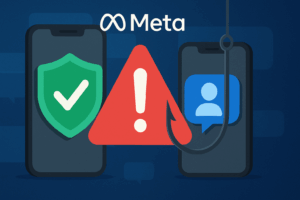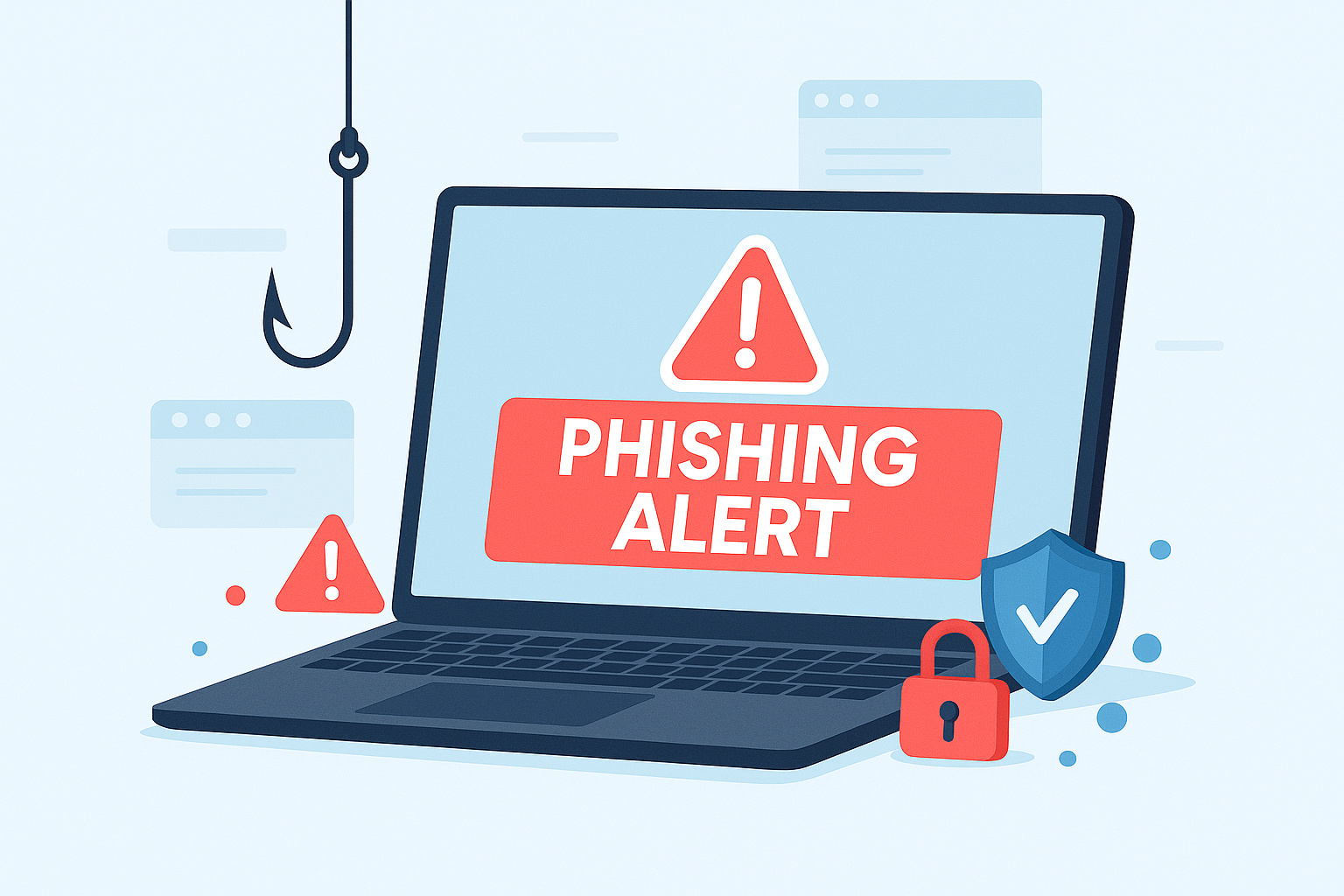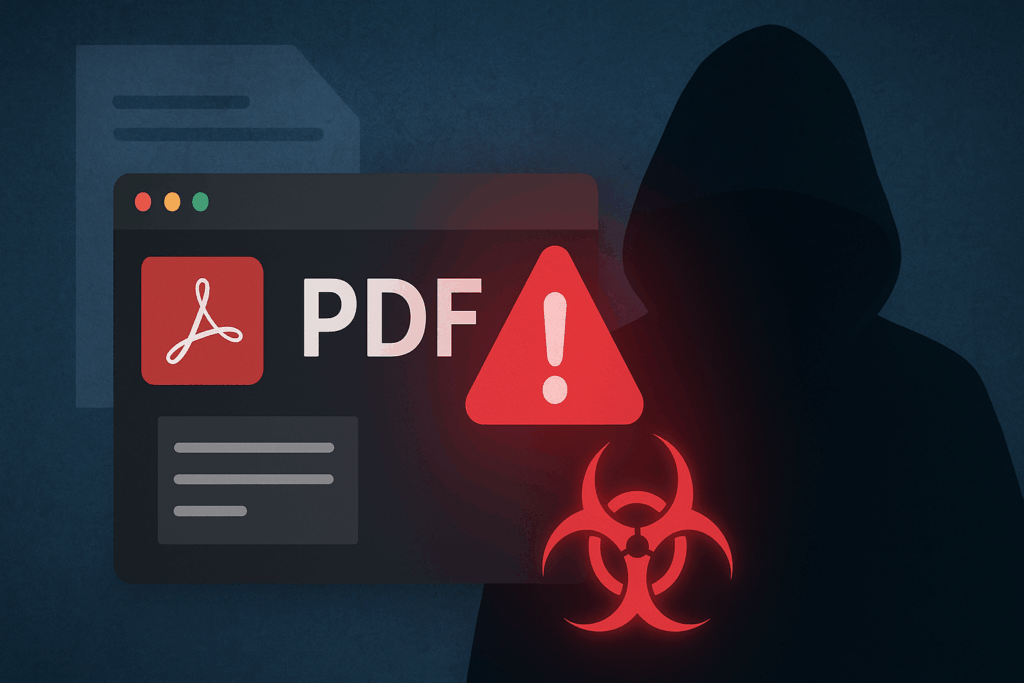When you hear about Tor or the dark web, your mind might jump to crime movies or hacker thrillers. But in reality, Tor Browser is first and foremost a tool for privacy and free access to information.
Built on the idea of “onion routing,” Tor hides your IP address by bouncing your traffic through several relays worldwide. The result: your browsing leaves fewer digital traces.
For cybersecurity experts, journalists, or just privacy-minded users, Tor is not some underground mystery — it’s an essential shield against mass surveillance, data brokers, and oppressive censorship.
First Steps: Getting Tor Safely
If you’re curious, here’s the golden rule: download Tor Browser only from the official Tor Project site. Third-party downloads or “pre-tweaked” versions are a red flag — they may be modified with spyware.
- ✅ Go to Tor Project
- ✅ Download the latest version for your OS
- ✅ Keep automatic updates turned on
Cybersecurity tip: the Tor community encourages users to verify signatures of the download package. It sounds geeky, but it ensures your software hasn’t been tampered with.
Why You Should Combine Tor with a VPN
While Tor already hides your traffic inside its onion network, pairing it with a trusted VPN adds an extra shield. Here’s why cybersecurity experts often recommend the combo:
- A VPN hides your Tor usage from your internet provider — they’ll only see encrypted VPN traffic, not that you’re using Tor.
- It protects you if your Tor connection accidentally leaks outside the network.
- With a VPN in place, even Tor exit nodes won’t see your real IP address — only the VPN server’s IP, which adds another critical layer of privacy.
For everyday users, this means more anonymity, less profiling, and fewer risks when exploring sensitive content or simply browsing without trackers.
Top-rated VPN for ultimate online protection.
Keep your personal data safe, access your favorite shows anywhere, and protect your whole family’s devices.
30-day money-back guarantee. No risk. No limits.
Save now 73% off NordVPN with Threat Protection.
🚀 Start Protecting Yourself Today
Instant setup · Works on all major devices · Trusted by millions
Keep in Mind
Once you’ve got Tor installed, remember — anonymity isn’t magic. It’s a mix of the browser’s technology plus your own habits. Here are the core rules:
- Don’t install plugins or extensions — they’re tracking magnets.
- Don’t log in with your personal Google, Facebook, or bank accounts. That connects your identity to your Tor activity.
- Don’t download files and open them outside Tor. PDFs or Word docs can secretly “phone home” and reveal your IP.
- Stick to HTTPS sites. Tor Browser includes HTTPS-Only mode, but double-check.
- Update often. Every patch is a shield against new exploits.
So… About the Dark Web
Here’s where things get interesting. The dark web (or more precisely, Tor’s .onion network) is not automatically criminal. It’s simply a part of the internet not indexed by Google and only accessible through Tor.
Onion sites can be:
- Legitimate: SecureDrop portals for newsrooms, whistleblower hotlines, privacy-focused search engines.
- Neutral: Community forums, tech resources, niche projects.
- Illegal: Marketplaces and services you should absolutely stay away from.
A responsible cyber security takeaway: exploring .onion sites can be useful, but don’t treat it as a playground. There are many dangers lurking here in the form of malware and inappropriate content. Click wisely and responsibly.
How to Search the Dark Web (The Legal Way)
Google doesn’t index .onion domains. Instead, you’ll need alternative search tools — but use them carefully. Some “dark web search engines” mix in shady results.
Here are the safer options:
- 🔍 Ahmia — a project that indexes legal
.onionsites and filters out abusive content. - 🔍 DuckDuckGo (Onion mirror) — same privacy-first search you know, but accessible over Tor.
- 📰 Official directories like SecureDrop’s newsroom list — perfect if you want to see how major media outlets accept tips.
Cybersecurity pro tip: Always verify onion addresses from at least two reputable sources. Fake look-alike addresses are common and sometimes malicious.

The Risks You Shouldn’t Ignore
- Law enforcement is present. Don’t assume anonymity equals immunity.
- Phishing exists on the dark web, too. Suspicious onion sites often clone legitimate ones.
- Malware thrives. Random downloads can compromise your system even through Tor.
The dark web can be valuable, but think of it like an unknown city at night: stick to lit streets and trusted venues.
Tor for High-Risk Users
If your work or life depends on strong anonymity — think investigative journalists or human rights defenders — Tor alone may not be enough. Advanced setups include:
- Running Tails OS (a live system that routes all traffic through Tor).
- Using separate identities for different activities.
- Consulting digital security guides from the Tor Project or EFF.
In the cybersecurity world, these practices aren’t paranoia — they’re survival skills.
Tor Browser is a cornerstone of modern online privacy — not a hacker toy. Whether you’re a journalist reaching a SecureDrop, a researcher exploring niche onion sites, or simply someone tired of aggressive tracking, Tor can be a powerful ally.
But like every cybersecurity tool, its effectiveness depends on the person behind the keyboard. Respect the rules, stay informed, and use Tor as part of a broader privacy strategy.







